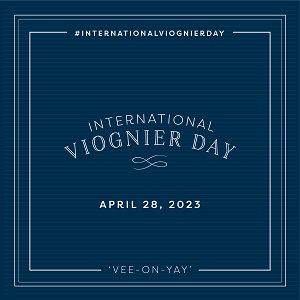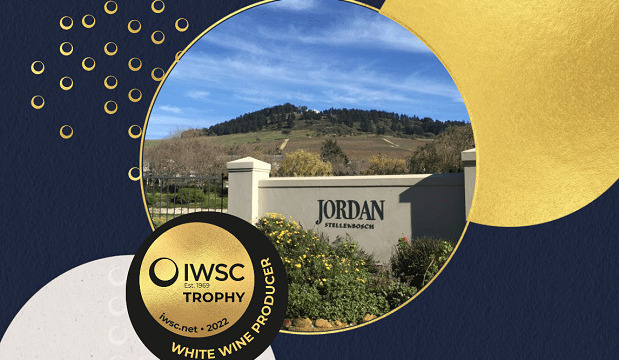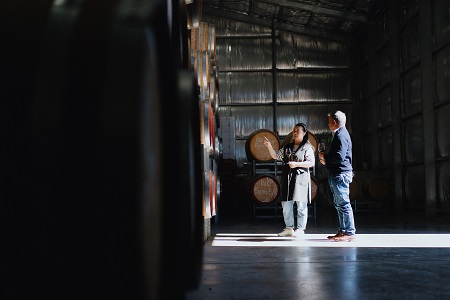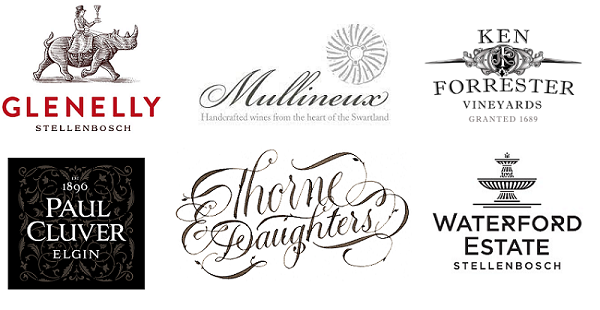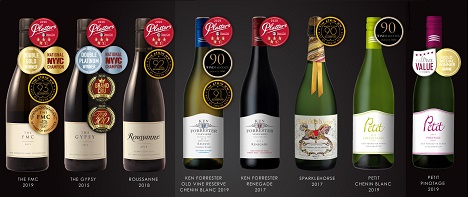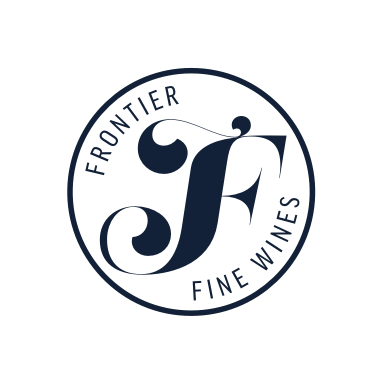Happy International Viognier Day!
Happy International Viognier Day! Today we celebrate the unique and complex character of this beautiful white grape variety. With its floral, fruity aromas and flavours, it makes for a standout choice for those seeking a refreshing and aromatic wine. At Frontier Fine Wines one of our favourite Viognier’s is the Philip Shaw The Dreamer from […]
